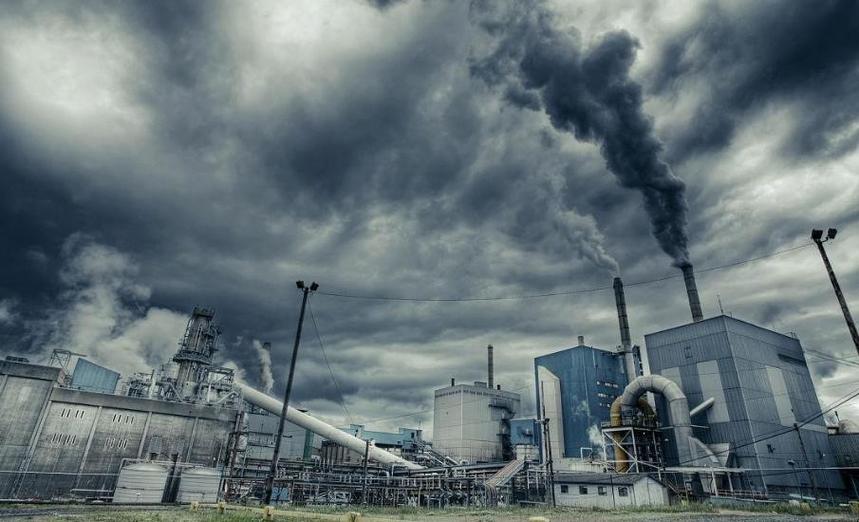
Pictures from the Internet
Industrial emission: Waste gas in industrial production is an important source of air pollution, especially in heavy industries such as chemical industry, oil refining, steel, and cement.
Transportation: Exhaust emissions from vehicles such as cars, trucks, ships, and airplanes release harmful substances such as carbon monoxide (CO), nitrogen oxides (NOx), and volatile organic compounds (VOCs), which contribute to smog and respiratory health issues.
Power plants: Power plants burning coal, oil or other fuels emit large amounts of sulfur dioxide(SO2), nitrogen oxides (NOx), and particulate matter (PM), which contribute to air pollution and acid rain.
Chemical industry: Various harmful gases and volatile compounds may be released during the production, storage and transportation of chemicals, such as hydrogen sulfide(H2S), ammonia(NH3), benzene(C6H6), etc.
Manufacturing: Certain manufacturing processes, such as chemical production, metal smelting, and cement production, release pollutants like greenhouse gases (GHGs), volatile organic compounds (VOCs), and heavy metals, which can impact air quality and contribute to climate change.
Mining: Mining operations can release dust, particulate matter, and toxic gases, such as sulfur dioxide (SO2)and methane (CH4), which will do harm for the air and contribute to global warming.
Agricultural activities: The application of chemical fertilizers, livestock and poultry breeding, and crop straw burning in agricultural production will also release ammonia(NH3), methane(CH4), hydrogen sulfide (H2S)and other atmospheric pollutants.
If you think this information infringes upon your legitimate rights and interests, please send relevant qualification certificates and requirements to info@v-cheersfilters.com, and the website staff will respond as soon as possible!
08-31
202507-31
202506-30
202505-31
202505-15
2025